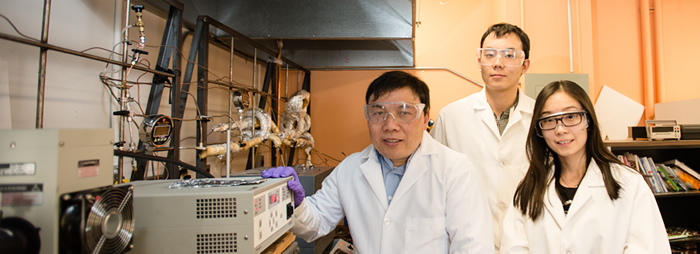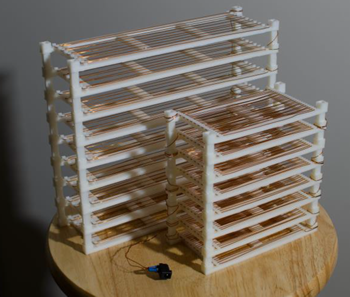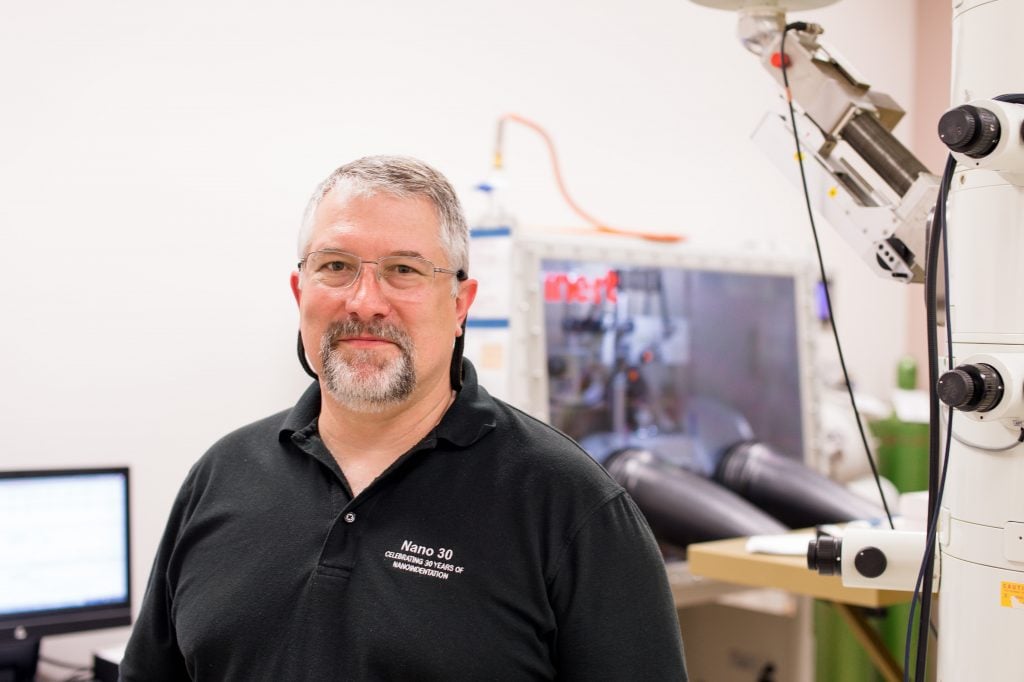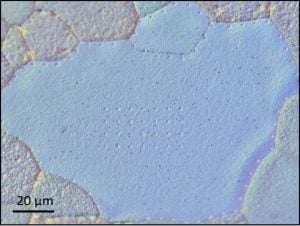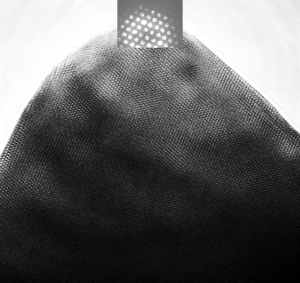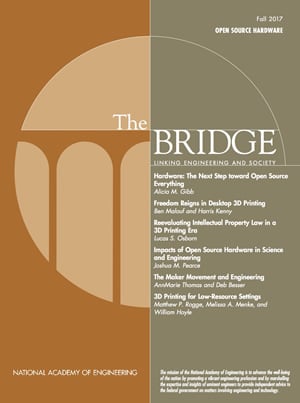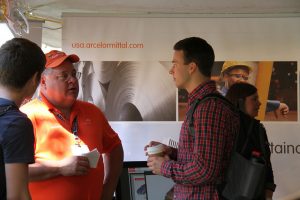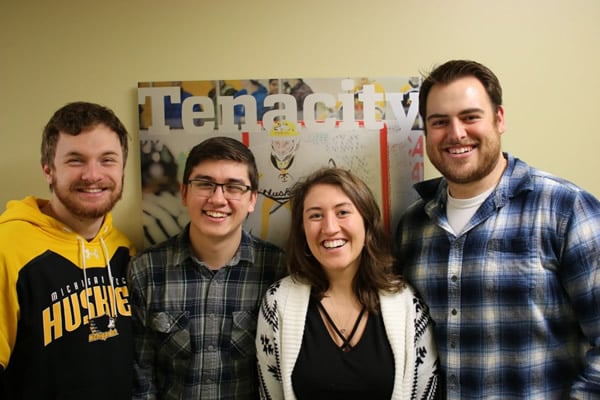
Michigan Tech’s Frozen Engineers were selected to represent Tech at the Make48: College vs. College competition this August in Baltimore, MD. Teams are given 48 hours to plan, prototype, and pitch an idea for prizes and licensing potential.
The Michigan Tech team consists of Mike Gazdecki (material science and engineering), Patrick Guyon (mechanical and electrical engineering), Rachel Kolb (mechanical engineering), and Ryan Thompson (mechanical engineering). The Frozen Engineers took fourth place in Michigan Tech’s 2018 Consumer Products Challenge for their single serve Margarita Machine.
Read more at the Pavlis Honors College Blog, by Amy Karagiannakis.
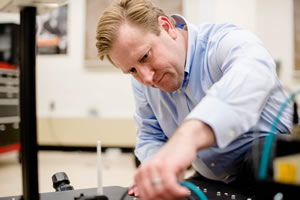 The Vice President for Research Office announced the 2018 Research Excellence Fund (REF) awards and thanked the volunteer review committees, as well as the deans and department chairs, for their time spent on this important internal research award process. The awardees in the College of Engineering are listed below:
The Vice President for Research Office announced the 2018 Research Excellence Fund (REF) awards and thanked the volunteer review committees, as well as the deans and department chairs, for their time spent on this important internal research award process. The awardees in the College of Engineering are listed below: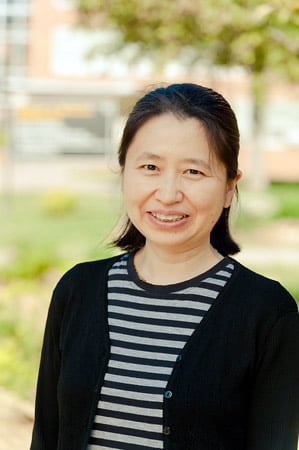
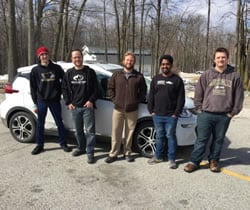
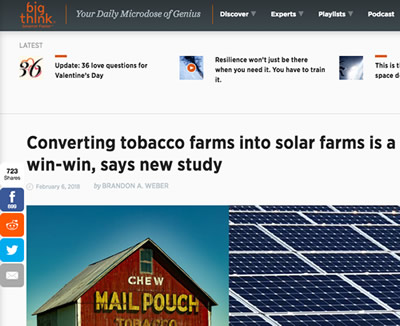 Research by Electrical Engineering alumnus Ram Krishnan ‘16 and Joshua Pearce (MSE/ECE) on converting tobacco farms to solar photovoltaic farms was covered widely in the media including;
Research by Electrical Engineering alumnus Ram Krishnan ‘16 and Joshua Pearce (MSE/ECE) on converting tobacco farms to solar photovoltaic farms was covered widely in the media including; 